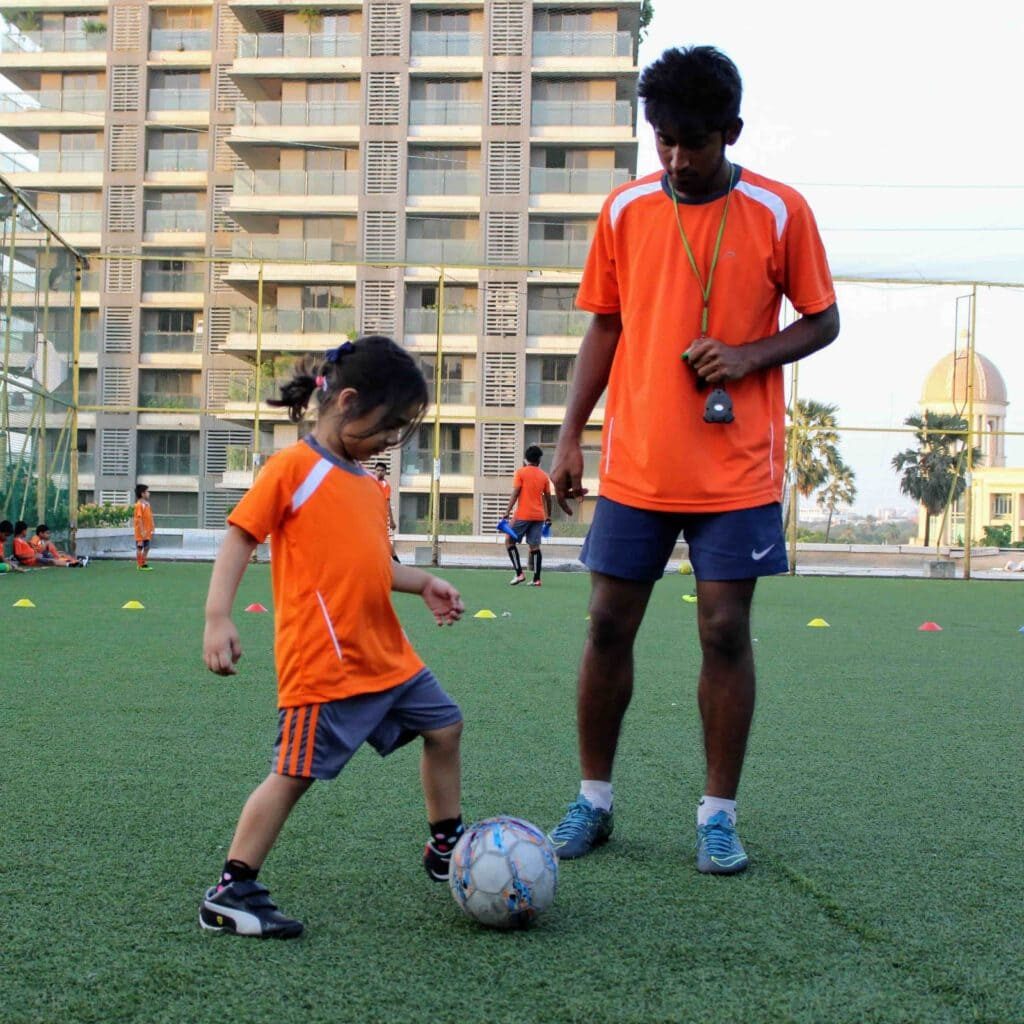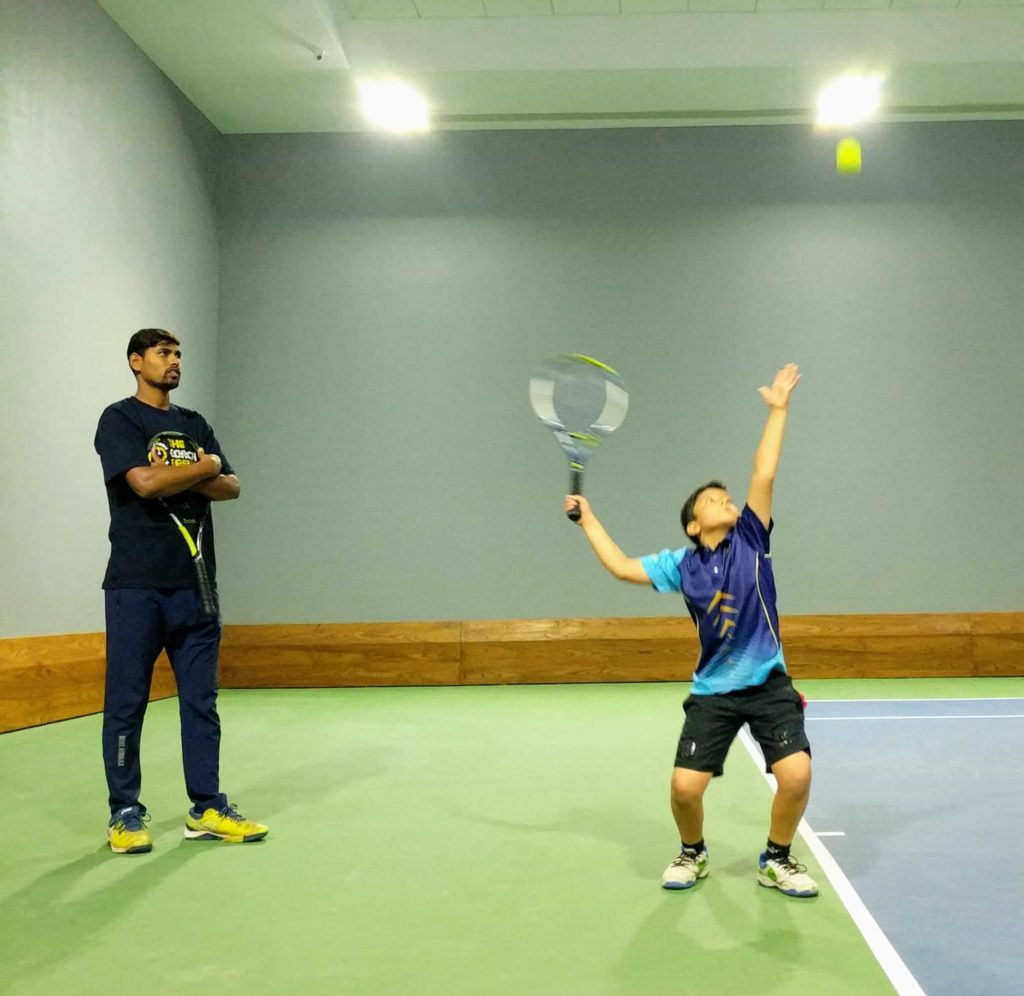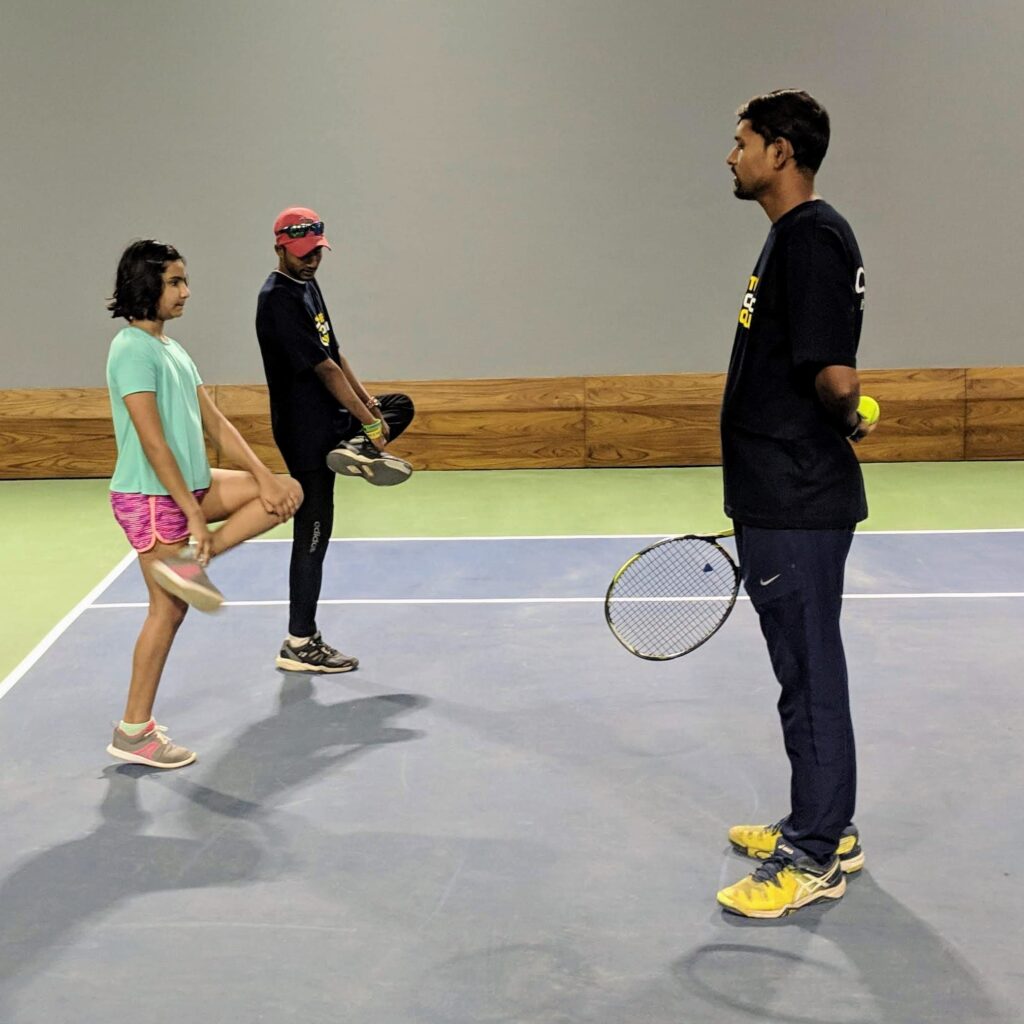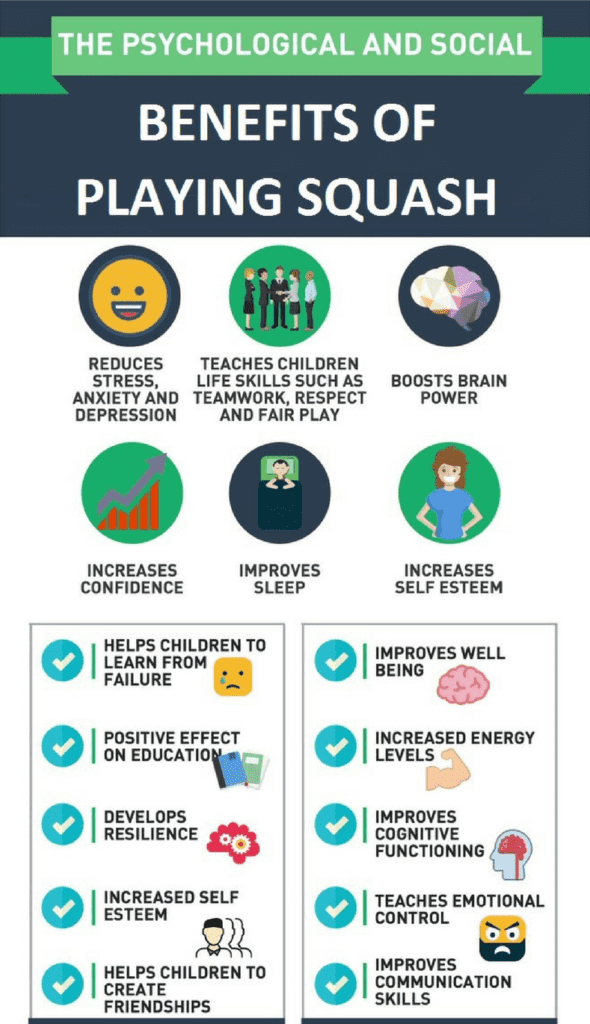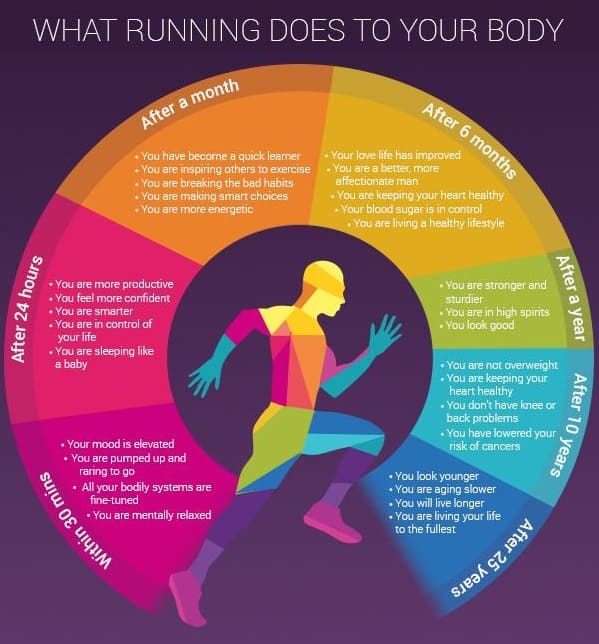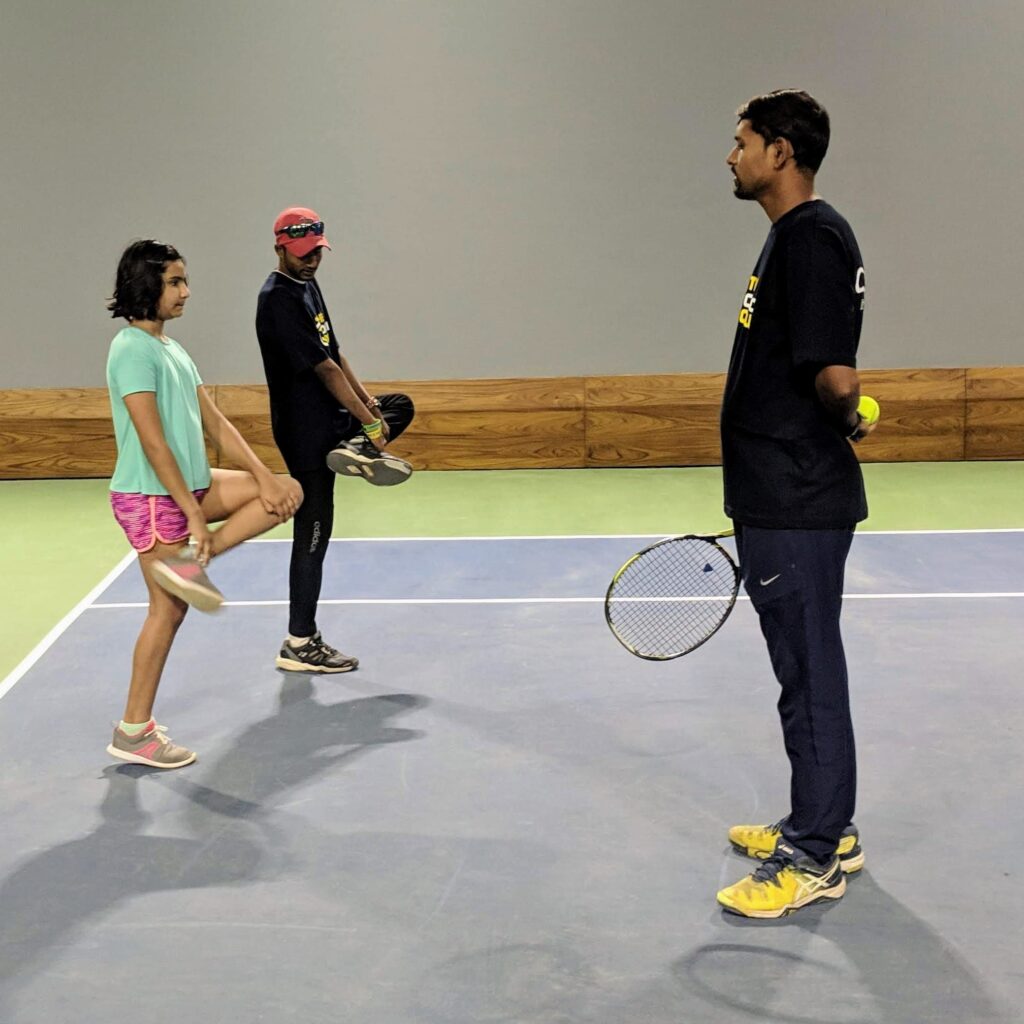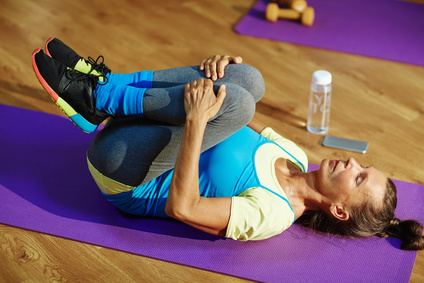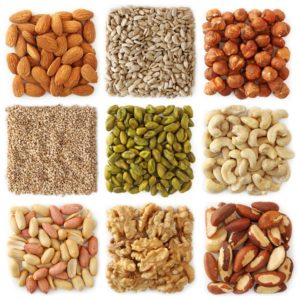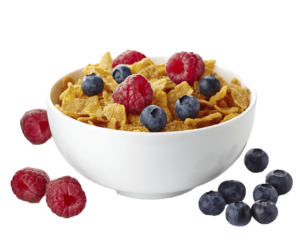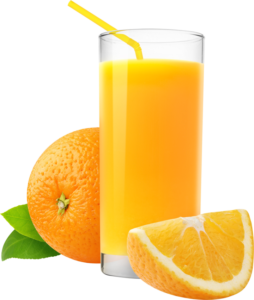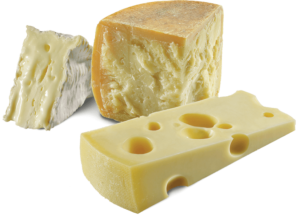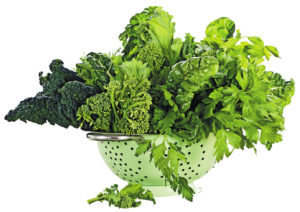10 Foods to Include in a Young Athlete’s Diet
The mystery behind what should be included in the young athlete’s diet is never-ending, partly because miracle foods are constantly surfacing, while other foods fall from grace. When it comes to what to include in your child athlete’s meal plan, it’s important to consider the nutritional requirements for growth and development, as well as for athletic performance.
So here are the top 10 foods that should be included in a young athlete’s diet to ensure he/she develops his/her body and mind ideally for any sport they would want to excel at.
All nuts are chock-full of healthy fats, fiber, key proteins, magnesium, antioxidants and vitamin E. They also aid in the reduction of cholesterol in the body. Use them to top yogurt or cereal, or just grab a handful on the way to practice.
Similar to nuts, seeds are full of fiber, healthy fats, magnesium and vitamin E. Eat them like you would eat nuts. They are a great substitute if your athlete is allergic to nuts.
3. Ready-to-Eat Cereal
Cereal is fortified with nutrients such as folic acid, iron, calcium, and vitamins A and E, making hem a good source of nutrients. Have it for breakfast, snack, or dinner in a pinch, but beware of choosing cereal with too much sugar. Cereals with less than 8 or 9 grams of sugar per serving are best.
4. 100% Orange Juice or Orange Fruits and Veggies
Increasingly, you can find calcium and vitamin D – fortified OJ, and it’s a good source of folic acid and vitamin C, too. Don’t guzzle it though! Kids aged 7-18 years should keep a cap on juice — no more than one cup per day, according to the American Academy of Pediatrics. Orange juice can be a significant source of calories when more than a cup is consumed daily.
Including orange colored fruits and vegetables in a growing child’s diet is a good idea as they are usually loaded with vitamins C, E, A, and potassium, which help the immune system stay healthy.
5. Low-Fat Cheese
Cheese is a quick and easy snack, especially when packaged in sticks or blocks. Mix cheese into casseroles, pasta and layer it in sandwiches. Cheese is full of calcium, potassium, and protein – absolutely essential for growing kids.
6. Low-Fat Yogurt
Yogurt is a good source of calcium, vitamin D, potassium and protein. Go for Greek varieties if you are looking for extra protein (though most young athletes don’t need extra protein). Eat yogurt as part of a meal, a snack, or dessert. Yogurt also greatly improves digestion by improving and revitalizing your gut micro-biome.
7. Low-Fat Milk or Soy Milk
Dairy milk is a natural source of calcium, potassium, and protein, and is fortified with vitamin D. If soy milk is your go-to, make sure it is fortified with calcium and vitamin D and shake the carton so the minerals don’t settle to the bottom. Many athletes use flavored milk (chocolate milk) after an intense workout to help their muscles recover.
8. Dark Green Leafy Vegetables
Leafy veggies which are dark green like kale, spinach and collard greens offer iron and calcium. Pair these with foods that are high in vitamin C, such as red peppers, tomatoes or citrus fruit, or serve them with meat to maximize the absorption of iron.
9. Green Beans
Magical and full of fiber, protein, iron, zinc and magnesium—find ways to fit beans into your weekly (or daily) diet. Roast them for a crunchy snack, top a salad or burrito, or throw them in with diced tomatoes for a hearty pasta dish.
10. Eggs
The egg is a powerhouse of disease-fighting nutrients like Vitamins A, D, E, B12. Also present are carotenoids like lutein and zeaxanthin which reduce the risk of age-related macular degeneration, the leading cause of blindness in older adults. Brain development and memory are also enhanced by the choline content of eggs.
Eggs contain selenium and zinc, which help in boosting the immune system of a child. Selenium creates free radicals which help in killing harmful bacteria and zinc helps in maintaining the good cells that fight the microorganisms.







